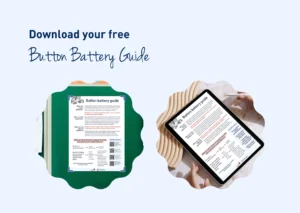

Between bees on land and jellyfish in the water, it is important that you know how to treat a sting in your child, and how to tell whether they need medical attention.
If your child is stung by a bee, did you know that ASCIA (the Australian Society for Clinical Immunology and Allergy) recommend flicking the sting out as soon as possible. This will reduce the amount of venom injected.
According to ASCIA, use the edge of your fingernail, a car key or credit card. If possible try not to squeeze the venom sac, as this may increase the amount of venom injected.
Remember, if your child has a known insect allergy or anaphylaxis, ALWAYS follow your action plan!
Watch the below video for demonstrations and tips on how to treat the most common stings as the weather warms up!
CPR Kids eLearning is here! When it comes to First Aid, nothing replaces hands on practice. However, we know that sometimes you just can’t get to a course, or you need a refresher in between classes. Check it out here, to learn the essential life-saving skills of baby and child CPR & First Aid, whenever and wherever suits you.

Download this essential guide now ♥️

Popcorn may seem harmless, but for children under 4, it’s a leading choking hazard—especially in daycares and party settings. Discover why popcorn is dangerous, learn from real-life stories, and explore essential choking prevention tips. Plus, download our free guide and watch our first aid video to ensure you’re prepared to keep little ones safe.

It is one of the most common questions when you have a little one sick at home.